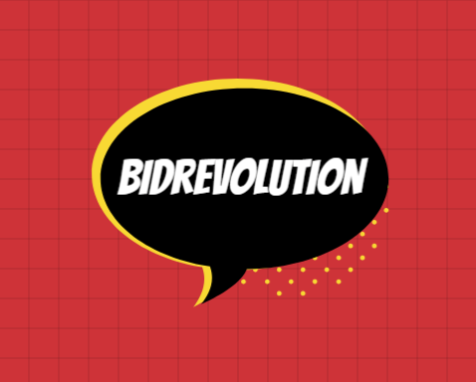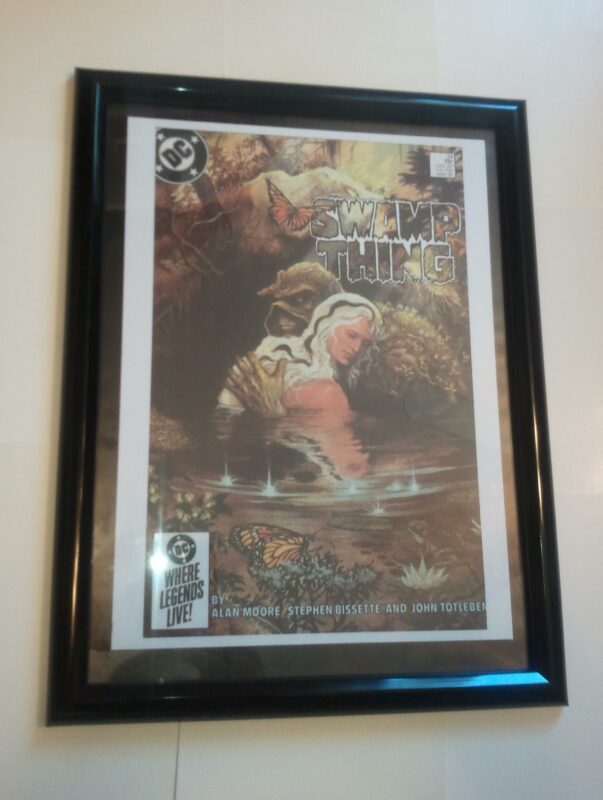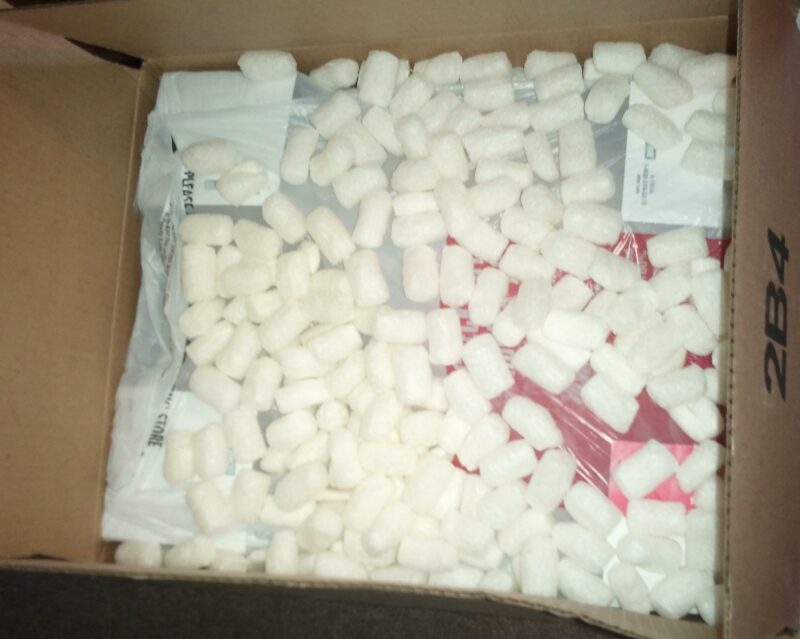Swamp Thing Poster # 5 FRAMED Swamp Thing #34 (85) Stephen Bissette
$74.99
Description
You are purchasing the item pictured, framed. Priority mail, tracking and $50 insurance is included with purchase. Item will be bagged to protect from dust, packed in packing peanuts and boxed. Just open box and hang it on the wall…makes a perfect gift!
Love blooms for Swamp Thing and Abigail Arcane in “Rite of Spring,” one of the high points of writer Alan Moore’s landmark run on the title. In 1983, Moore took over a somewhat lurid, almost totally played-out EC-style horror show and recrafted it into a layered, literary tour de force. Gone were the monster-movie trappings of yesteryear; Swamp Thing was now a living embodiment of the Greenm a collective plant consciousness spanning the globe and generations. Helping Moore to realize his vision was the artistic team of penciller Stephen R. Bissette and inker John Totleben, whose lavish covers struck just the right note of otherworldly sensuality. Here Totleben paints, rather than inks, directly over Bissette’s pencils. Together the trio of talent helped usher in a new era of adult themese in mainstream comics. Unfettered from the restrictions of the COmics Code, “Rite of Spring” shows Swamp Thing and Abby consummating their relationship after a long period of flirtation – with a little help from a hallucinogenic tuber. Still, there were some limits. An early version of this cover showing Abby’s bare backside was rejected. “Steve and John shaped Swamp Thing as much as I did. There was an incredible rush of energy that circulated amongst us in those days.” – Alan Moore. Swamp Thing, a fictional character, is a humanoid/plant creature elemental in the DC Comics Universe, created by writer Len Wein and artist Berni Wrightson. Swamp Thing has had several humanoid or monster incarnations, depending on various story lines. He first appeared in House of Secrets #92 (July 1971) in a stand-alone horror story set in the early 20th century.1 The character then returned in a solo series, set in the contemporary world and in the general DC continuity. The character is a humanoid mass of vegetable matter who fights to protect his swamp home, the environment in general, and humanity from various supernatural or terrorist threats. The character found perhaps his greatest popularity during the 1980s and early ’90s. Outside of an extensive comic book history, the Swamp Thing property has inspired two theatrical films, a live-action television series, and a five-part animated series, among other media. In 1982, DC Comics revived the Swamp Thing series, attempting to capitalize on the summer 1982 release of the Wes Craven film of the same name (a revival had also been planned for 1978, but was a victim of the DC Implosion). The new series, called Saga of the Swamp Thing, featured an adaptation of the Craven movie in its first annual. Now written by Martin Pasko, the book loosely picked up after Swamp Thing’s appearance in Challengers of the Unknown, with the character wandering around the swamps of Louisiana as something of an urban legend that was feared by locals. Pasko’s main arc depicted Swamp Thing roaming the globe, trying to stop a young girl (and possible Anti-Christ) named Karen Clancy from destroying the world. When Pasko had to give up work on the title due to increasing television commitments, editor Len Wein assigned the title to British writer Alan Moore. When Karen Berger took over as editor, she gave Moore free rein to revamp the title and the character as he saw fit. Moore reconfigured Swamp Thing’s origin to make him a true monster as opposed to a human transformed into a monster. In his first issue, he swept aside most of the supporting cast Pasko had introduced in his year-and-a-half run as writer, and brought the Sunderland Corporation to the forefront, as they hunted Swamp Thing and “killed” him in a hail of bullets. The subsequent investigation revealed that Swamp Thing was not Alec Holland’s consciousness transformed into a plant but actually a form of plant life that had absorbed Holland’s consciousness after exposure to his work, with Swamp Thing’s appearance being the plants’ attempt to duplicate Holland’s human form. This resulted in Swamp Thing suffering a temporary mental breakdown and identity crisis, but he eventually reasserted himself in time to stop the latest scheme of the Floronic Man. Saga of the Swamp Thing was the first mainstream comic book series to completely abandon the Comics Code Authority and write directly for adults. Stephen R. Bissette (born March 14, 1955) is an American comics artist, editor, and publisher with a focus on the horror genre. He is best known for working with writer Alan Moore and inker John Totleben on the DC comic Swamp Thing in the 1980s. Bissette is best known for his multiple award-winning collaboration with writer Alan Moore and inker John Totleben on DC Comics’ Saga of the Swamp Thing (1983–87). Bissette’s work with Alan Moore and John Totleben earned the 1985 “Best Single Issue” Jack Kirby Award for Swamp Thing Annual #2, and the 1985, 1986, and 1987 Jack Kirby Awards for “Best Continuing Series” for Swamp Thing. His work with John Totleben earned them the 1985 “Best Art Team” Jack Kirby Award for Swamp Thing. Taboo won the “Best Anthology” Eisner Award in 1993. His work with Alan Moore and John Totleben earned a nomination for the 1985 “Best Single Issue” Jack Kirby Award for Swamp Thing #34. His work with John Totleben earned them nominations for the 1986 and 1987 Jack Kirby Awards for “Best Art Team” for their work on Swamp Thing. His work with Alan Moore earned them a nomination for the 1986 Jack Kirby Award for “Best Writer/Artist (Single or Team)”.
>PAN>Frame is shrinkwrapped until time of purchase. Ships boxed with packing peanuts.
THE PERFECT GIFT!
Related products
-
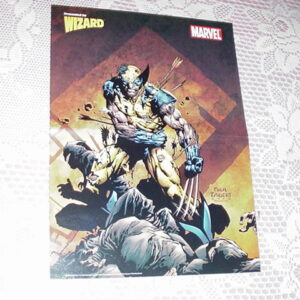
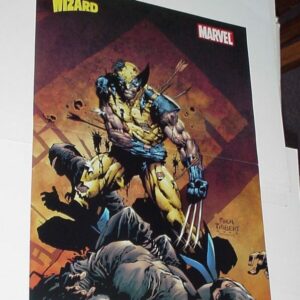
Wolverine Poster #16 vs The Hand The End by David Finch Ninjas
$39.99 Add to cart -
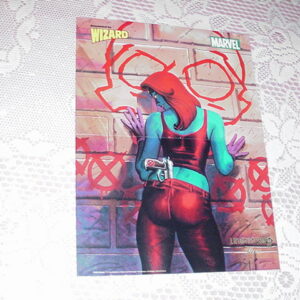
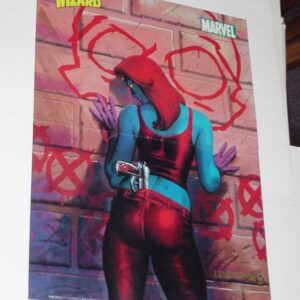
X-Men Poster #36 Mystique Joseph Michael Linsner Dawn
$34.99 Add to cart -
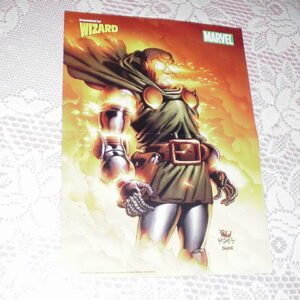
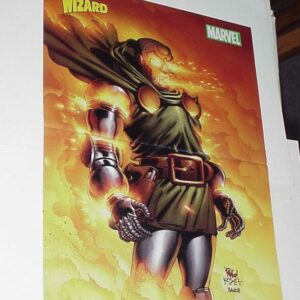
Doctor Doom Poster # 3 Triumphant by Mike Wieringo Fantastic Four 67
$34.99 Add to cart -

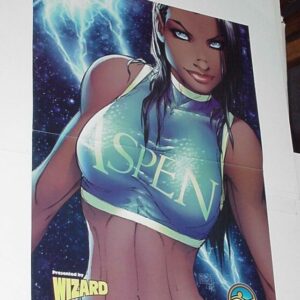
Fathom Poster # 9 Aspen Shirt Michael Turner Matthews Superman
$39.99 Add to cart
